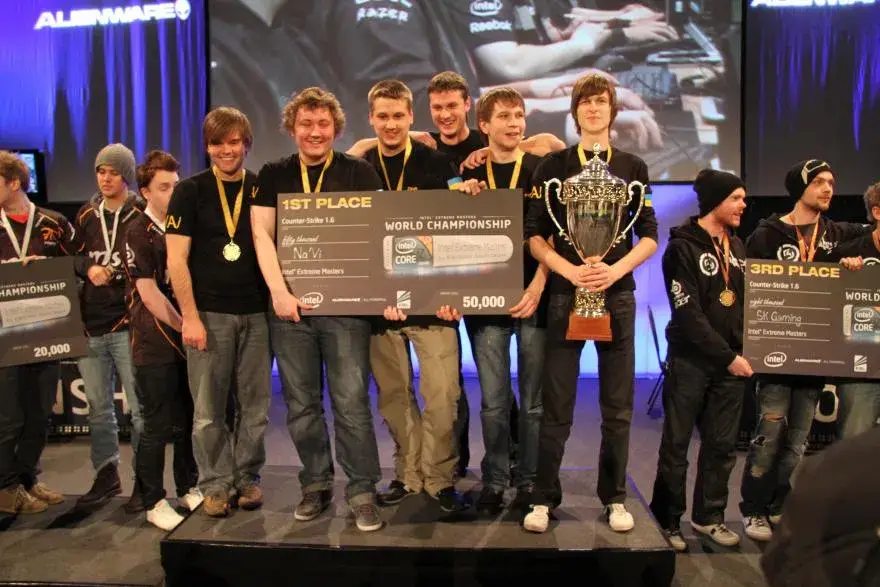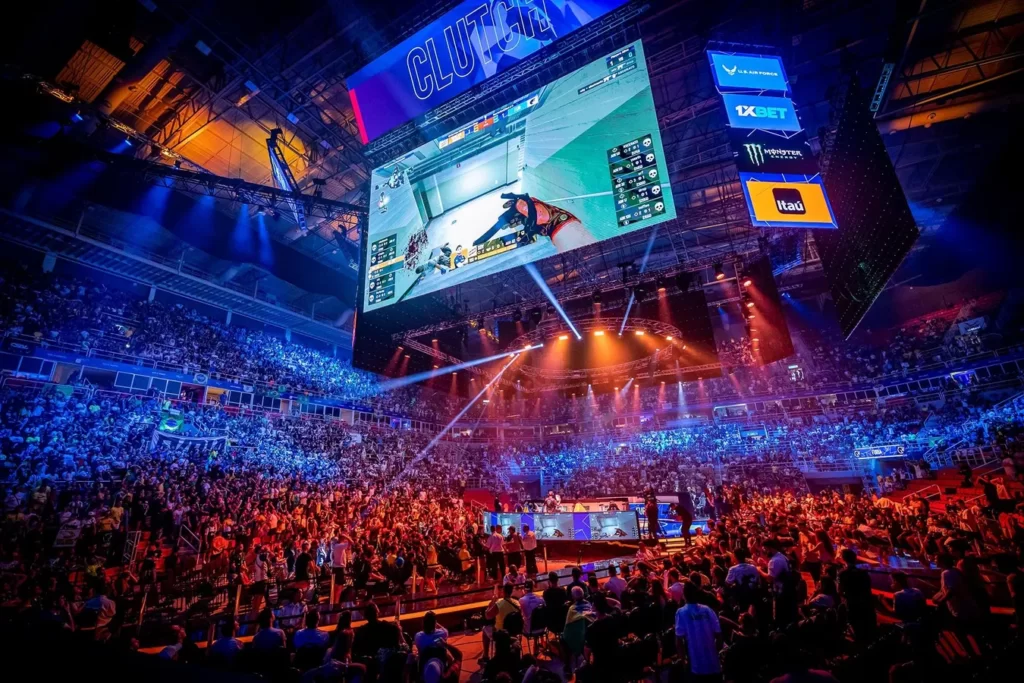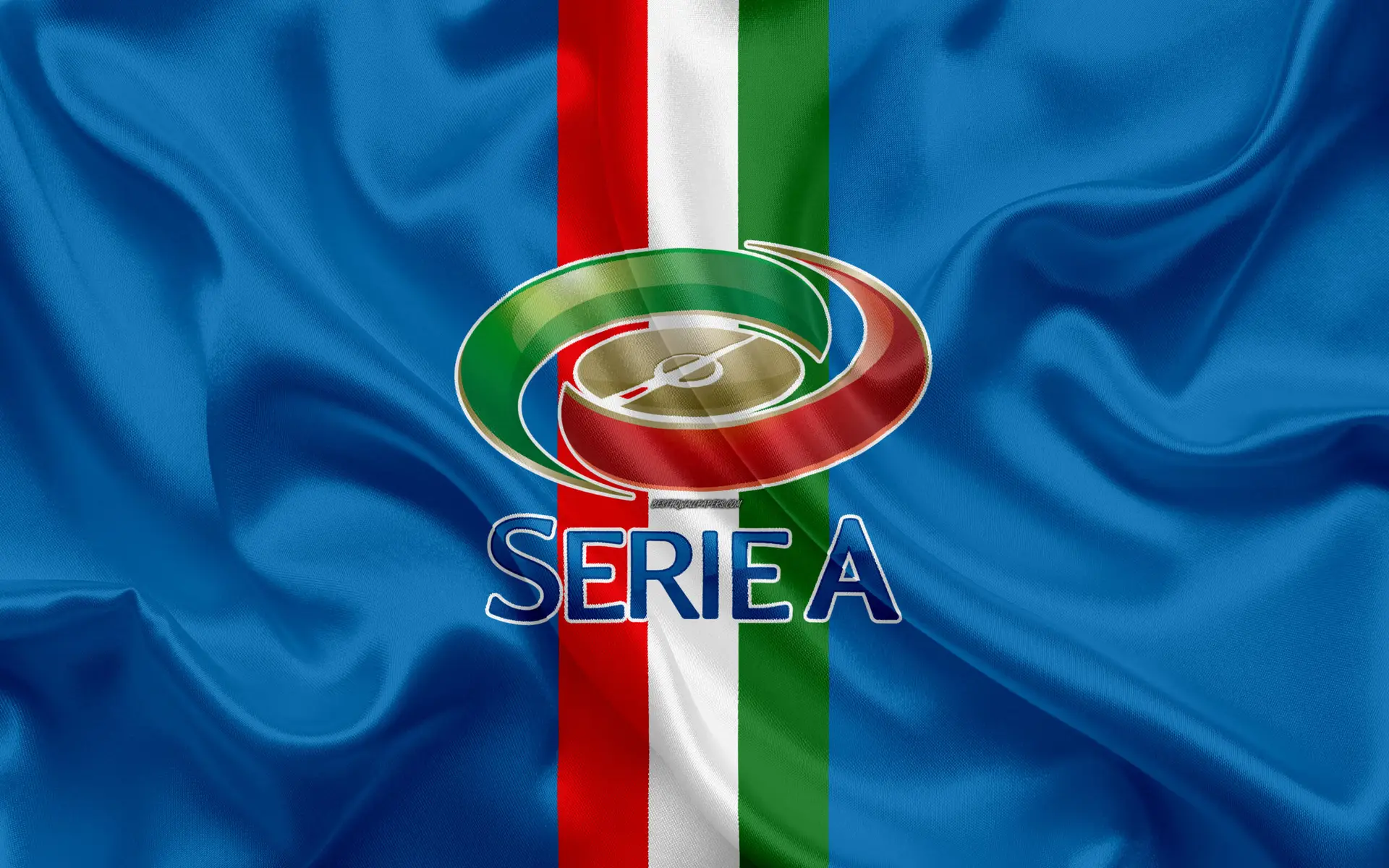The CS:GO Major Championships are rightly considered the pinnacle of global eSports. Tournaments bring together the best players and teams and define new boundaries for the popular Counter-Strike discipline. Since their inception in 2013, the Majors have come a long way and have become an iconic event. Competitions set the standard for professionalism and innovation and create new trends.
History of CS:GO Majors
The first CS: GO Major Championship took place during DreamHack Winter 2013 in Sweden. The tournament brought together the best teams of the moment, and Fnatic emerged as the winner by defeating NiP in a thrilling final. This event was a revolutionary step in the development of eSports, as the total prize money was $250,000, a record for those years.

Major milestones in development
CS:GO Major Championships have been a symbol of professionalism for over 10 years. Tournaments like ESL One Cologne 2014 have popularized the use of modern technology in refereeing. The switch to the Swiss system in 2017 added to the spectacle and made the matches even more exciting.
A major milestone was the first major participation of the Chinese team TyLoo in 2016. This event underlined the globalization of the team’s course and the expansion of the geographical reach of the participants.
Legendary moments
Astralis has become a model of consistency, winning four consecutive majors between 2018 and 2019. The finals with them are master lessons in tactics and teamwork. An equally impressive moment was the final stage of the PGL Major Stockholm 2021, where NAVI won the entire tournament without losing a single map.
Event format and features: regulations
Modern races consist of three stages:
- Challenger Stage: 16 teams compete for 8 spots to advance to the next round.
- Legends Stage: The best 8 teams from the previous tournament compete against the winners of the previous stage.
- The Champions Stage is a play-off round with direct elimination to determine the final winners of major CS:GO competitions.
Each stage is conducted according to the Swiss system, which allows for the best results to be determined in the most objective way possible. The final part of the tournament is played in a best-of-three format, which minimizes random outcomes. Technology has become an important part of the organization:
- Introduction of augmented reality elements for the analysis and visualization of team tactics.
- We use Valve’s anti-cheat systems to ensure fair play.
- 4K broadcasts with multi-camera support have improved the viewing experience.
Audience participation
The elderly actively involve the spectators in the process. For example, virtual fan zones were introduced at IEM Katowice 2023, where people could interact with the stream via chat and voting. A platform is planned to launch in 2024 where fans can support teams by sending virtual gifts and participating in interactive events.
CS:GO 2024 Main Event Participants
 The 2024 tournament was the stage for titans like NAVI and Vitality. These teams have repeatedly proven their strength by winning previous major titles:
The 2024 tournament was the stage for titans like NAVI and Vitality. These teams have repeatedly proven their strength by winning previous major titles:
- Vitality is the reigning champion and is known for its versatility.
- Natus Vincere is a team known for its tactical innovations.
Newcomers and contenders
In 2024, young stars like Cloud9 and Monte made their debut. These teams use an aggressive style of play that challenges veterans. Regions that were previously not strong players are now starting to assert themselves more actively, expanding the geographical reach of the participants.
Stats and achievements of the 2024 CS:GO Major Championships
Throughout the history of the tournament, NAVI and Astralis have remained the record holders for the number of titles and achievements. In 2021, NAVI became the first team to win without losing a single game, cementing their status as a dominant force in eSports.
Prize pool and its importance for the development of the CS:GO Grand Championships
The prize pool of major CS:GO tournaments plays an important role in raising the status of the tournament and attracting the attention of the eSports community. The prize pool, which started at $250,000 at DreamHack Winter 2013, has been steadily increasing, reaching an impressive $2,000,000 at the PGL Stockholm Major in 2021. In 2024, the organizers plan to set a new record by increasing the prize pool to $2,500,000, which will attract more talent and investors to the industry.
Details about the award ceremony:
- The champion will receive 50% of the total amount.
- Silver medalists will receive 25%.
- The remaining amount will be divided among the participants in the quarterfinals and semifinals.
High financial rewards motivate teams to improve their tactical preparation and work on in-game innovations. In addition, Grand Prix events increase the prestige of the competition by providing additional funding for the development of young talent.
Legends of the Majors: Icons of the CS:GO Major Championships
Tournament Legends changed the eSports scene forever. Teams like Astralis left an indelible mark by winning a record four consecutive Major titles (2018-2019). Their dominant style of play has become a benchmark for other teams.
Olof “olofmeister” Kajbjer, Semple (Alexander Kostylev) and Nikolai “dev1ce” Reedtz have become symbols of the highest skill in Counter-Strike. Their performance and individual awards have earned them recognition on the international stage.
Notable matches and achievements:
- Cloud9 vs FaZe Clan (Boston 2018): A dramatic final that ended with Cloud9 winning in overtime.
- Astralis vs Team Liquid (Berlin 2019): The Danish team’s dominance ended in a landslide victory.
These matches have gone down in history not only for the level of execution, but also for the strategic depth the teams showed at every stage.
How the major CS:GO tournaments work
Organizing events requires a lot of effort. The matches are held in world-class stadiums, such as the Spodek Arena in Katowice and the Avicii Arena in Stockholm. To ensure high-quality broadcasts, we use state-of-the-art equipment and have professional commentators on hand.
The future of the major CS:GO championships
 The CS:GO Major Championships continue to be one of the most important events in the world of esports. Each tournament raises the bar and attracts new players and spectators. The Majors are expected to set new records in 2024, cementing their status as an essential part of the esports ecosystem.
The CS:GO Major Championships continue to be one of the most important events in the world of esports. Each tournament raises the bar and attracts new players and spectators. The Majors are expected to set new records in 2024, cementing their status as an essential part of the esports ecosystem.

Future changes, such as the introduction of new technologies, larger prize pools, and broader tournament geography, will ensure that tournaments continue to inspire players and fans around the world.
 en
en  ru
ru  de
de  ar
ar  es
es  nl
nl  hi
hi  fr
fr  it
it  pt
pt  el
el 












